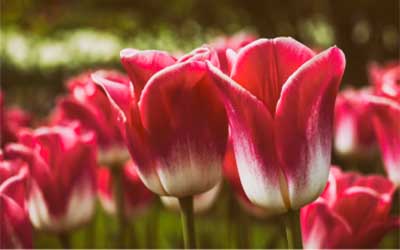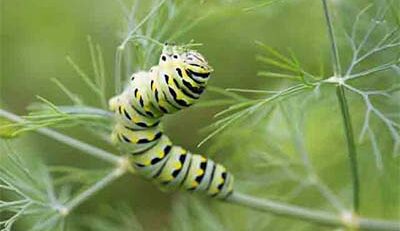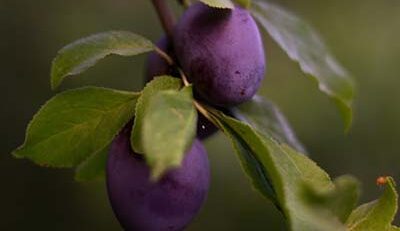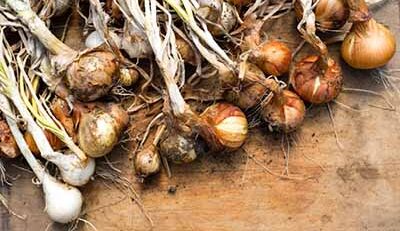Can Tulips Bloom Twice in One Season?
Introduction
Tulips are some of the most iconic and beautiful spring flowers, loved for their bright colors and variety of forms. However, one question that often arises is, can tulips bloom twice in one season? While tulips are typically known for their single, dazzling display of blooms each spring, certain conditions and techniques may encourage a longer or secondary bloom period. This article explores whether tulips can bloom more than once in a single season and provides helpful tips on how to make the most of your tulip garden.
Typical Blooming Cycle of Tulips
Tulips generally follow a predictable blooming cycle, with most varieties blooming once in early to mid-spring. After this initial burst of color, tulips enter a period of dormancy to recharge for the next growing season. This cycle helps the bulbs store enough energy for the following year’s bloom. Under normal circumstances, tulips are not naturally inclined to bloom twice in one season due to their specific growth requirements and energy reserves.
Understanding the blooming cycle is essential for managing expectations. While many bulbs, like some varieties of daffodils, may naturally re-bloom, tulips usually require more time to recuperate.
Factors That Affect Blooming Frequency
While tulips typically bloom only once, some factors can influence their blooming behavior and impact their longevity:
- Variety of Tulip: Certain types of tulips, such as Darwin hybrids and some botanical tulips, are more likely to bloom consistently each spring, but even these varieties rarely produce a second bloom within the same season.
- Climate Conditions: The climate plays a significant role in tulip blooming. Warmer regions with mild winters can sometimes encourage longer bloom periods, while cooler climates may shorten the blooming phase.
- Soil Quality and Fertility: Healthy, nutrient-rich soil can enhance tulip blooms, making them more vibrant and longer-lasting. Incorporating organic materials like worm castings can improve soil quality and support bulb health.
- Proper Care and Maintenance: Deadheading spent blooms and allowing the foliage to die back naturally can support the bulb’s energy storage, making it more likely to return the following season. To learn more about proper deadheading techniques, check out our guide on how to cut tulips so they regrow.
Can Tulips Bloom Twice in One Season?
While it is rare for tulips to re-bloom within the same year, certain gardening techniques can potentially extend the flowering period of your tulips or encourage a longer-lasting display. In some cases, gardeners may experience a secondary flush of small flowers if the bulbs are exceptionally healthy and the conditions are perfect. However, it is essential to understand that this is the exception rather than the rule.
Most tulips are bred to bloom once per season, and forcing a second bloom can often weaken the bulb for future seasons. Instead, focusing on maximizing the initial bloom period can provide a vibrant display without jeopardizing the bulb’s health. You can even read our detailed guide on how often do tulips bloom
Techniques to Extend Tulip Bloom Time
While tulips may not typically bloom twice, there are methods to extend their bloom time or achieve a staggered bloom effect in your garden:
1. Staggered Planting
One effective method for extending the bloom season is staggered planting. By planting tulip bulbs at different times in the fall, you can create a sequential blooming effect, resulting in a prolonged display. Plant some bulbs early, mid, and late in the planting season to enjoy flowers throughout spring. This approach, while not technically resulting in a second bloom from the same plant, provides the illusion of an extended bloom time.
2. Deadheading and Proper Care
Deadheading, or removing spent blooms, is essential for tulip care. Although deadheading will not cause a second bloom, it helps the bulb conserve energy for the next season. Removing old flowers prevents the plant from putting energy into seed production, which can strain the bulb. For more tips on deadheading and care, our article on how to deadhead dahlias provides helpful insights that can also apply to bulb plants like tulips.
3. Choosing Varieties with Long Bloom Periods
Some tulip varieties are naturally longer-blooming and may hold their flowers for a few weeks rather than a few days. Single Late Tulips, also known as Cottage Tulips, are known for their extended bloom period and can maintain their beauty longer in the right conditions.
4. Supporting Bulb Health with Fertilizer
Healthy bulbs are more likely to produce robust blooms that last. Applying a balanced fertilizer in early spring, as shoots emerge, can provide an energy boost that supports a longer bloom. Avoid high-nitrogen fertilizers, as these can promote leafy growth rather than flower production.
Why Tulips Don’t Typically Re-Bloom in the Same Season
Tulips are specifically designed to bloom once per season and then enter a dormant phase. This cycle allows the plant to recover, store energy, and prepare for the next bloom. Forcing a second bloom can deplete the bulb’s resources, potentially reducing its vigor and lifespan. Most tulips are perennial in nature, but they require a proper dormancy period to thrive and return with full strength each spring.
Attempting to force re-blooming is generally not recommended, as it may weaken the bulbs and reduce the quality of blooms in the next season. Instead, focus on creating conditions that allow tulips to maximize their natural blooming period.
Lifespan of Tulip Blooms in the Garden
Under ideal conditions, tulip flowers generally last 1-2 weeks. The actual lifespan of each bloom depends on several factors, such as the temperature, sun exposure, and the specific variety of tulip. Cooler temperatures can help tulips maintain their blooms longer, while warm weather can cause flowers to fade quickly.
If you’re looking to prolong the display of your tulip blooms, consider planting tulips in shaded areas where they’re protected from direct, hot sunlight. Additionally, keeping the soil moist (but not waterlogged) can help sustain the blooms a bit longer. For more ideas on gardening in smaller spaces, our guide on indoor window plants offers tips on managing plant health and longevity.
Lifespan of Tulip Bulbs in Pots
One common question for container gardeners is, What is the lifespan of tulip bulbs in pots? While tulip bulbs can naturally last several years in the ground, growing them in pots can affect their lifespan due to limited space, soil nutrients, and insulation from extreme weather. Tulip bulbs in pots may not multiply as readily as those in garden beds, where they have more room to spread and access to consistent nutrients. However, with the right conditions, potted tulip bulbs can continue to bloom annually for a few seasons.
To extend the lifespan of tulip bulbs in containers, consider refreshing the potting soil each season, incorporating nutrient-rich additions like worm castings for soil vitality, and providing proper winter care. Moving pots to a sheltered area during cold months can help bulbs survive freezing temperatures and prepare for the next season. Though bulbs in containers may not have the same longevity as those in the ground, attentive care can help them thrive and return with beautiful blooms for several years.
When to Expect Tulips to Bloom Again
While tulips may not bloom twice in one season, they can bloom each year if given proper care. After the blooms fade, tulips enter a dormancy period where they gather energy for the next spring. Ensuring your tulips receive the right post-bloom care can make a significant difference in their ability to return the following year.
Once the flowers have faded, let the foliage die back naturally. This allows the bulbs to store nutrients and energy. Avoid cutting back the foliage prematurely, as this can limit the bulb’s ability to recharge for the next season.
Tips for Maximizing Your Tulip Display
Even though tulips are unlikely to bloom twice in one season, you can still enjoy a vibrant and extended display by following these tips:
- Plant Different Varieties: Planting a mix of early, mid, and late-blooming tulips creates a sequential display that extends your garden’s color.
- Add Companion Plants: Tulips pair beautifully with other spring-blooming plants like daffodils, hyacinths, and cauliflower companion plants. These combinations can create a fuller display.
- Mulch for Moisture: Applying mulch around the tulips helps retain moisture, which is particularly helpful for potted tulips or bulbs in drier climates.
Why Grow Tulips for a Single Bloom?
While tulips may only bloom once per season, their stunning beauty and variety of colors make them well worth the effort. Their blooms bring an unmatched burst of color to the garden each spring, marking the end of winter and the beginning of new growth. For gardeners looking for a low-maintenance flower that makes a high impact, tulips are an excellent choice.
Plus, the process of caring for and nurturing tulips is a rewarding gardening experience. Even though tulips may not bloom twice in one season, the joy they bring in that single blooming period is enough to make them a popular choice for gardeners of all skill levels.
Conclusion
So, can tulips bloom twice in one season? While the answer is generally no, with the right care and conditions, you can enjoy a prolonged and vibrant tulip display each spring. Although tulips are naturally inclined to bloom just once per year, planting different varieties, providing proper care, and implementing bloom-extending techniques can help you get the most out of your tulip garden. Whether in beds or containers, tulips remain one of the most beautiful and rewarding additions to any garden.
To keep your garden thriving and ensure a beautiful array of blooms, consider other seasonal care tips, like pruning lavender in spring to encourage healthy growth and extended flowering. By diversifying your garden with a range of flowering plants and taking thoughtful care, you can enjoy a garden that provides color and beauty year-round. Happy gardening!









Leave a Reply